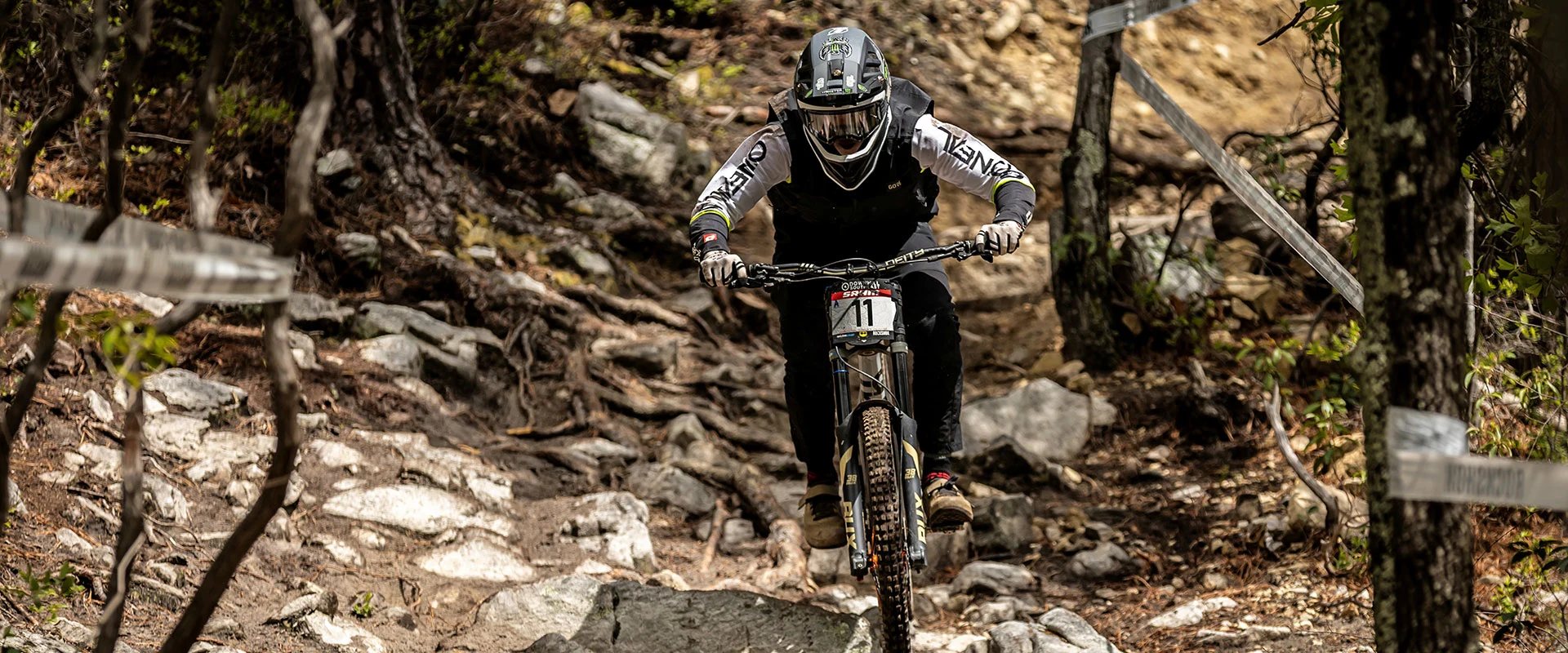
8.13.2025
From Backyard Trails to World Cup Dreams: Meet Chris Liebig
At just 16 years old, Chris Liebig is already a two-time US MTB National Champion—and he’s only getting started. What began as weekend rides with his dad, a lifelong mountain biker, has grown into a serious pursuit of elite competition. This season, Chris is racing World Cup events in Europe, the US Nationals, and the US Open in Vermont, all with one goal in mind: becoming one of the world’s best.
Chris competes in downhill—fast, technical solo runs—and dual slalom, a head-to-head race on mirrored tracks. Both are intense, explosive, and demand razor-sharp focus.
In this interview, Chris shares how he got started, what keeps him pushing forward, and how he balances racing, school, and big dreams.
Chris, you’re just 16 and already racing internationally. How did it all start for you?
I started riding bikes around age 2 on a Strider, then raced BMX from age 2 to 11, which really built my skills and confidence.
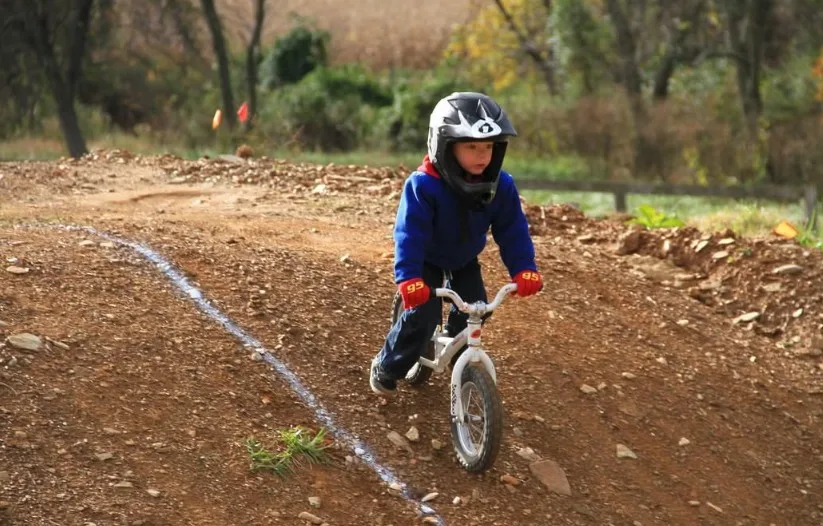
I got into downhill around 7 or 8 and instantly fell in love with the speed, the feel of the bike—just everything about it. My dad, who’s a successful rider himself, has been a huge influence and supporter from the beginning. I knew from a young age that I wanted to go pro—I was obsessed with watching the top guys and knew that’s where I wanted to be.
As I got faster and stronger, racing national-level events showed me I could compete with the best juniors. Going to my first World Cup made it even clearer—seeing the level of the sport in person cemented that this is where I want to be. Now it’s all about pushing myself to that level and beyond.
Can you explain downhill and dual slalom racing to someone who’s never ridden?
Downhill and dual slalom are both super intense, but they challenge you in completely different ways. Downhill is a solo race against the clock on long, technical tracks filled with rocks, roots, jumps, and steep terrain. Every second counts, and one small mistake can ruin a run.
Dual slalom is shorter and head-to-head on side-by-side tracks, with tight turns, berms, and jumps. It’s all about going all out while staying clean and precise, racing right next to someone. I love both because they test different skills—downhill is about all-out commitment and control, while dual slalom is pure intensity and flat-out racing.
You just raced your first World Cup in Austria—how did it feel lining up with the best in the world?
My first World Cup in Leogang was an unreal experience. Just being there with the fastest riders in the world, on one of the most iconic tracks, really opened my eyes to what the top level looks like. The whole atmosphere was next-level—huge crowds, high pressure, and everyone was insanely fast. It was a big learning curve, from track walk to qualifying, but I soaked up as much as I could. Even though I was nervous, I felt proud just to be out there representing and seeing how I stacked up. It showed me exactly what I need to work on and motivated me to keep pushing. It made me even more certain that this is where I want to be.
You’ve already won two US National Championships—what have been your biggest wins or proudest moments so far?
I really like fast and flowy tracks with a good mix of natural terrain and man-made features. I prefer a straightforward course that flows well and has big berms, but still has sections that test your fitness and focus. A good racetrack keeps you on your toes from top to bottom. One of my proudest moments was taking my first Pro win at Massanutten, Virginia. I was completely in the zone—everything just clicked, and I had one of those rare runs where it all came together perfectly.
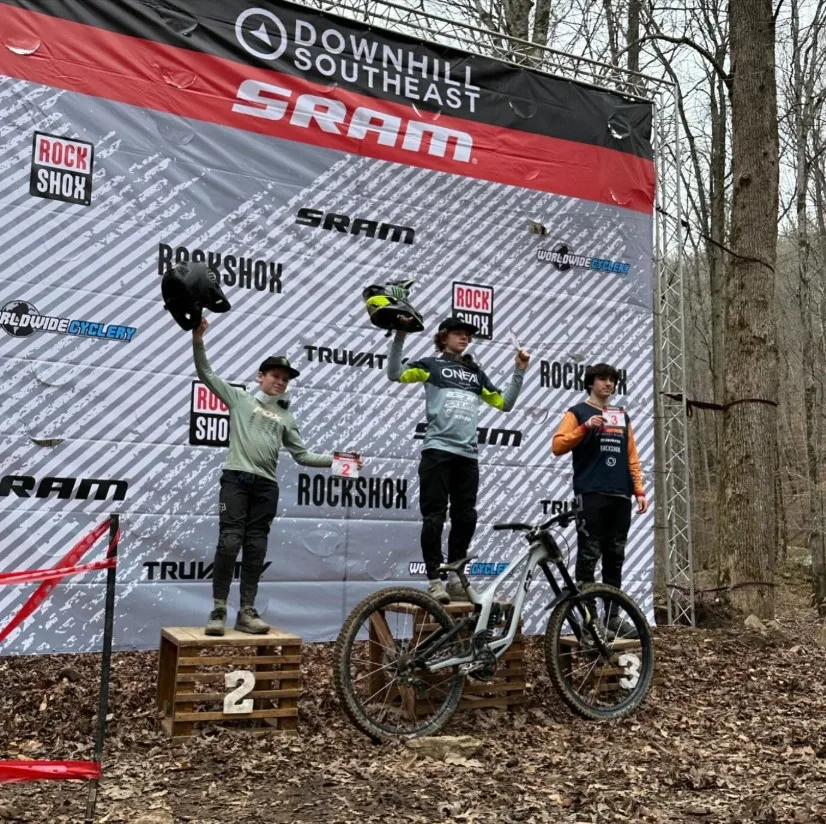
Another big one was qualifying 3rd at the World Cup in Spicak, Czech Republic. I felt totally dialed, even though I crashed during practice and raced with cut hand - I still ended up 7th. I’ve also won two Pro Dual Slalom titles in a row at The Gravity Soul track in Maryland and took the Dual Slalom win at the US Open in my category. Another highlight was the Monster Pro DH Series at Ride Rock Creek. I loved the track, rode strong all weekend, and even beat five-time World Cup champion Aaron Gwin in one split, which was pretty cool and encouraging.
You’re heading to the US Nationals next, and more races in Europe—what are you most excited about this season?
I’m super excited for US Nationals—it’s always a big goal for me each season, and I love racing at Big Bear, California. After that, I’m really looking forward to getting back to Europe for more riding and racing. Racing in Europe is another level—the tracks are so fun and fast, and the level of competition pushes me to keep getting better. I love traveling for the races, seeing new places, and riding different styles of tracks around the world. This season, I’m focused on learning as much as I can, improving at every race, and seeing how far I can push myself against the best in the world.
What’s tougher for you: the physical demands or the mental focus of racing?
Both are super important, but I’d say the mental side can be tougher. Physically, you can train and prepare as much as possible, but staying mentally sharp, confident, and focused—especially at big races—takes a lot of work. I like to stretch, stay loose, listen to music, pray, and remind myself to trust all the work I’ve put in. The calmer and more focused I am, the better I ride.
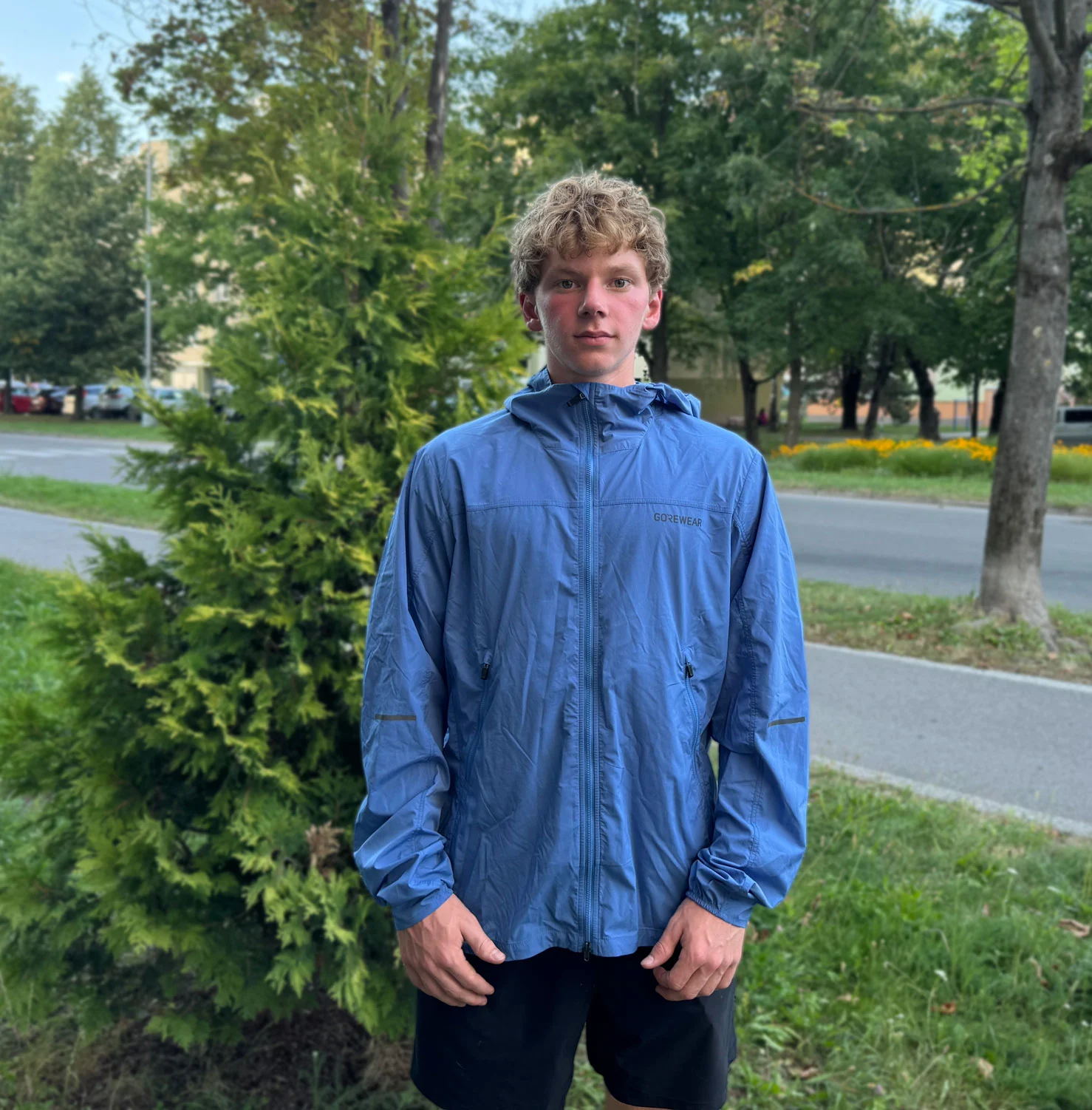
How do you juggle racing, school, and being a teenager?
It can be a lot to balance sometimes, especially with a regular school schedule and all the travel that comes with racing. I go to school full-time, so I really must stay on top of my schoolwork and manage my time well when I’m home and around race weekends. It’s a challenge, but I’ve figured out how to make it work. My school and teachers are great, thankfully, they work with me to make up schoolwork when I need to.
I try to balance it all by going fishing with my friends, going to the movies or just playing basketball with my little brother in my free time. My family is a huge help, including my grandad in Slovakia. My dad still races downhill, and my little brother rides downhill as well. Whenever possible, my parents combine race weekends with family time, but often it’s just me and my dad traveling in the van.
Walk us through a typical training week—what does your preparation look like?
I usually go to the gym 3-4 times a week, focusing on strength, mobility, and power. Outside the gym, I try to ride as much as possible, whether it’s trail rides, downhill laps, or some intervals. I honestly don’t recover much so probably should work on that. My training changes a bit depending on where I am in the season, but I always try to stay consistent and keep progressing physically and mentally. Evening is usually the time when I relax or do my schoolwork.
What’s changed the most about how you ride—from the early days to now?
Over time, my technique and confidence have grown massively. My gear has also evolved. I’m way more dialed with my setup, and every detail matters at the level I ride.
You’ve been riding in some GOREWEAR gear—what’s been your go-to so far?
I often wear the Everyday vest because it’s light, breathable, and super easy to stash away if the weather changes mid-ride.
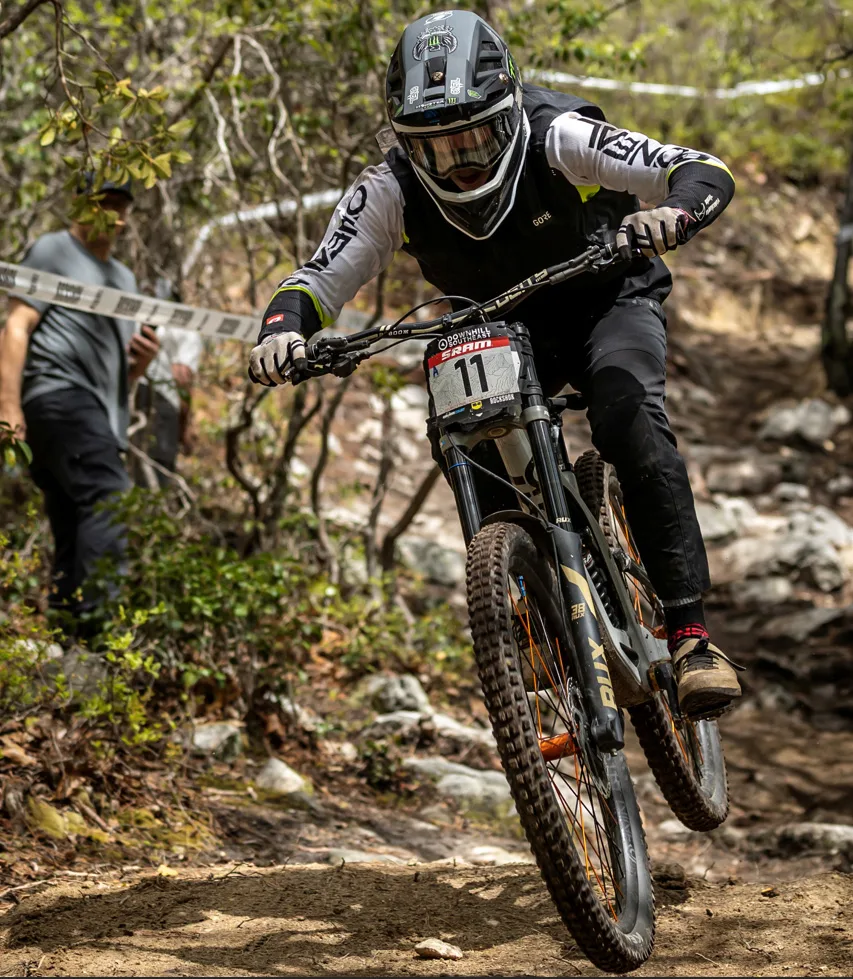
When it rains or gets muddy, I wear the Lupra GORE-TEX jackets and pants, and I appreciate how well they keep me dry without overheating or restricting movement. I live and race in places where it can get cold and rainy so having reliable gear like GOREWEAR makes a huge difference in staying consistent with training and knowing that my GW gear got me covered is one less thing to worry about. GW gear just does its job well!
What’s your long-term dream in mountain biking?
My long-term dream is to stand on a World Cup podium and consistently represent my country on the biggest stages in mountain biking. I want to leave a mark on the sport — not just with results, but with how I ride and carry myself as an athlete.
What advice would you give to other young riders with big dreams?
Surround yourself with believers—those who see your potential even when you’re doubting it. But make room for challengers too—the ones who push you past comfort, who ask more of you because they know you’ve got more to give.
Stay hungry: not just for wins, but for growth.
Stay humble: because ego fades, but character lasts.
And when the race doesn’t go your way? Don’t let it write your story. One bad lap doesn’t erase the miles you’ve already conquered.
Setbacks aren’t failures—they’re feedback.
Progress isn’t instant—it’s earned.
And if you love the grind, you’ll find joy even in the struggle.
Quickfire Round
Favorite trail? Albatros, Frederick Watershed in Maryland, US
Best post-race snack? Oranges and Popcorn
Rider you look up to? Aaron Gwin
Music you listen to before a race? Ian
Harshest crash so far? Big crash when I was 10 and jumping off of a drop and broke my collarbone
Latest Cycling Stories
